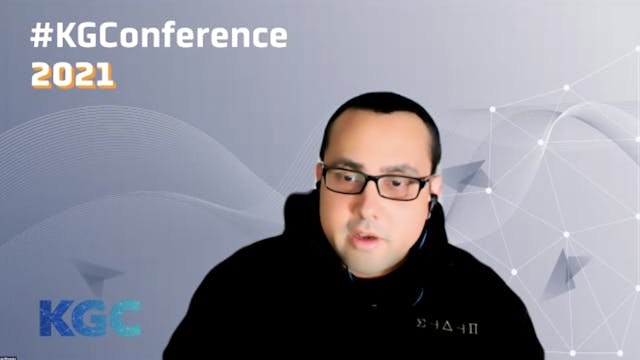Roi Krakovski | The Usearch Contextual Graph
KGC | The Complete Collection
•
16m
We exploit the recent breakthroughs in Neuroscience to build web search engines based entirely on AI-generated data, thus eliminating the need to collect users’ data. We show how to generate search queries that are almost identical to real users’ queries. We use the generated queries to build a contextual graph to predict user intent.
In this talk, we will review how the recent breakthroughs in Neuroscience can be exploited to create Web search engines totally based on AI-generated data - eliminating the need to collect users’ data. In particular, we will focus on:
How can we generate search queries that are almost identical to a real user’s ones?
How can we exploit the generated queries to predict user intent in a contextual graph?
Up Next in KGC | The Complete Collection
-
Ryan Wisnesky | How To Optimally Merg...
In this talk we describe a new technique for merging knowledge graphs: translating the knowledge graph schemas into categories and the knowledge graph data into functors, then applying the "co-limit/pushout" construction from a branch of mathematics called category theory to merge these categorie...
-
Sergio Baranzini | SPOKE: A Biomedica...
SPOKE is a biomedical knowledge graph containing factual data on various biomedical fields including genetics, molecular biology, physiology, metabolomics, pharmacology and clinical medicine. SPOKE can be used to repurpose medications, predict patient outcomes, and accelerate drug development, am...
-
Shekhar Iyer | Multi-Modal Retrieval ...
Recent Advances in representation learning and application of Deep Neural Nets towards structured data and Knowledge Graphs (KG) is enabling opportunities for multi-modal representation of entities and relations. We can now aspire to build access to data encoded in knowledge Graphs through one of...



